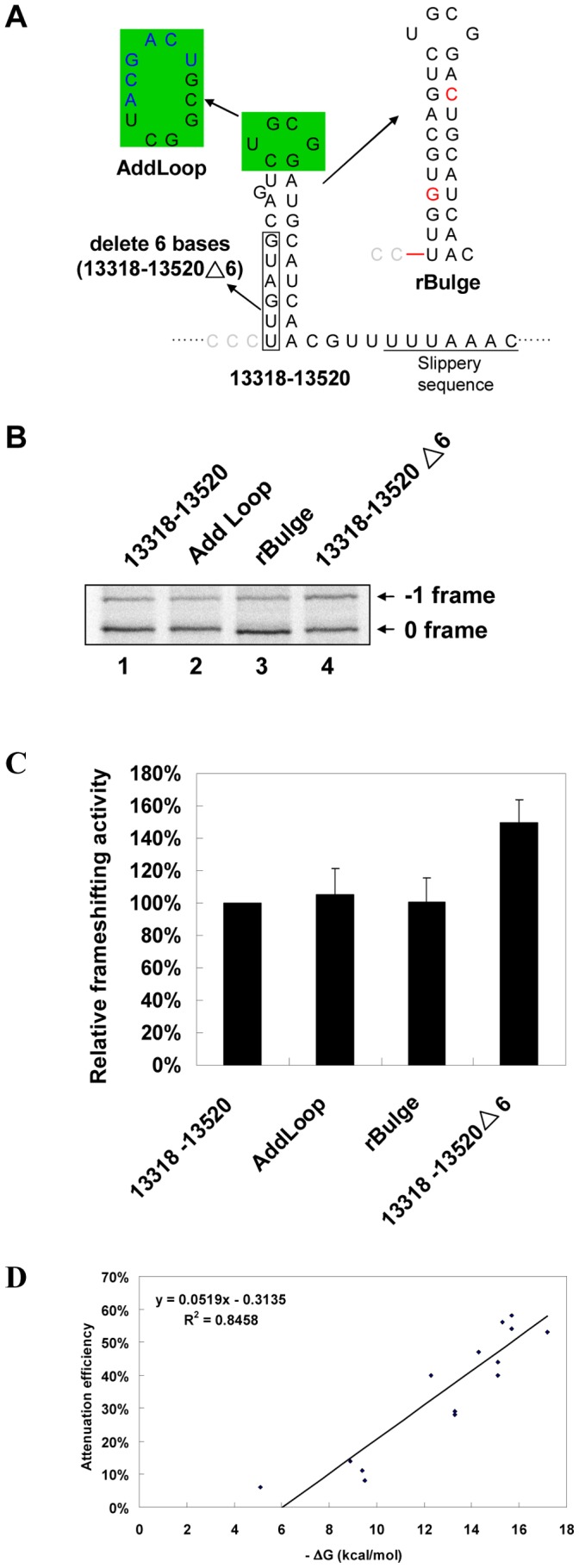Figure 4. The UGCG loop and G bulge are not the major determinants for −1 PRF attenuation whereas the attenuation efficiency of a hairpin is positively correlated with its stability.

(A) Illustration of constructs with G-bulge or UGCG loop (shaded in green) disruption and with 5′-half sequence deletion (boxed) of the lower stem of the predicted hairpin. The bulge G was converted into a GC base pair by inserting a C in its complementary strand. An upstream C nucleotide was deleted and accompanied with an A to G replacement to correct the frame and prevent an in-frame stop codon, respectively. The modified sequences in AddLoop and rBulge constructs are typed in blue and red, respectively. (B) In vitro −1 PRF assays by SDS-PAGE analysis of 35S methionine-labeled translation products for constructs in (A). The 0 and −1 frame products are labeled as indicated. (C) Relative frameshifting activity of (B). Frameshifting efficiency of the construct 13318–13520 was treated as 100% for comparison. Value for each construct was the mean of three independent experiments, with the bar representing the standard error of the mean. (D) Correlation between attenuation efficiencies (against the 13390–13520 construct) and predicted free energy values of the 6GC-hairpin variants in Fig. S2. A linear regression line is shown with the equation for the line and the regression statistic, R2, and a threshold stability below which the hairpin does not attenuate frameshifting. Attenuation efficiency was calculated according to the definition given in experimental procedures.
